Steve Levin is CEO of Connance.
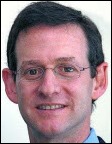
Tell me about yourself and the company.
I’m a reformed consultant. I spent 15 or 20 years doing consulting in and around healthcare and places like that. I spent a fair amount of time with one provider in particular, and they had some interest in applying predictive analytics to enhance their business. As a consultant, I was able to get them to realize some gains, and if you fast forward, ultimately they initiated this idea of founding Connance and getting me to come into that company to help organize an industry platform, an industry solution to help providers engage on and leverage predictive analytics proudly.
How would you describe how predictive analytics work? What data do you use and what comes out?
The secret sauce to predictive analytics, what’s in it and what comes out, is one of those things that no one will ever tell you down to the variable. But the way we think of it and the way we talk with folks about it is, look, let me try to put predictive analytics in context. The industry is familiar and comfortable with business intelligence and BI platforms, which are good at snapshotting where we’ve been and what we have in our inventory. We’re good at having workflow systems and operations that can queue up accounts for follow-up and pursuit.
There’s a layer between those two, which is about what’s the best next step on this account and why. Predictive analytics and predictive solutions live in that layer there, which is about figuring out what’s the right or best next step to take. It’s contextual. In a revenue cycle, it may be about the cash or the operating cost in a discharge planning structure. It could be about the risks in the patient engagement. What you’re predicting and what you’re trying to manage differs and is contextual. But in every situation, what you’re trying to do is you’re looking at what information do I have available at the moment of application. What’s available about this account in the file? What do I know about the patient when they’re standing in front of me?
What might I find, if I had time, if I were to look out on the World Wide Web, and all those databases in the world, and whether it’s public records or all those catalog marketing databases, or for some people, we need credit bureau files, credit files, and that’s a longer conversation. What else do I know based on having looked at similar types of patients over the years across the industry and across providers?
That’s three pools of insights — the situation at hand, that which you can find out from the world at large, and that which you know from experience. That gives you the input to figure out what’s the right next step on this account. Predictive analytics is just massive. It’s a massive buzzword right now. But the way I think of it and what we try and do is, we try and help people think about what, you know, making sure accounts get into the light next work step, and those people going for those lists are doing them in the right order.
On the clinical side, it’s polarizing to where you’ve got the giant data sets for managing populations and making broad, sweeping decisions. But then there’s also that need to take what you can get from that and use it for that person that’s standing right in front of you as a patient. Is that true with financials as well?
Yes, it is. It’s an interesting continuum from the individual account. What do I want to do on John Smith’s account right now as he walked into my doctor’s office or walked into the dentist office? All the way up to, what do I think I’m going to experience from the 10,000 John Smith accounts that I’m likely to see over the next 60 days or six months, whatever it is? Predictive analytics is a realm of predicting the future. You predict either individual or populations and you do it based upon pattern recognition of the history.
Self-pay patients used to be those without insurance. How is that changing, and what do hospitals need to do to manage it effectively?
The industry as a whole has to become proactive in what I think of as patient relationship management. Almost anybody that walks into a doctor’s office or a clinic or a hospital these days, whether they aren’t insured or they’re insured, they’re likely to have some co-pay and deductibles, some co-insurance, they’re going to have some financial skin in the game.
What we’re seeing and what providers are saying to us is, almost every time we engage a consumer, we have to think of managing that relationship. They’re looking for the question of, how do I best engage these consumers? The days of, “Let’s send three letters and make phone calls at 6:00 PM to every single account” are over. Similarly, the days of assuming that the patient balance has got no value, we’re just going to not even bother pursuing it, are over. Every penny, every dollar counts. Every patient relationship matters.
We do a little research every now and then. We ask consumers about their satisfaction with the financial processes and how well they do connecting with providers. Not every patient has a great experience when they get the bill or when they try to figure out their insurance coverage. It can be complicated.
What we have seen is that if you ask a patient when they had a really good experience with the financial systems if they’d be willing to recommend that hospital clinician to a friend. There’s a real strong correlation. The Net Promoter score is positive when we’re doing a great job engaging them in the financial relationship. The reverse is also true, though, which is very compelling. When we do a bad job, when we make a mistake in the system, when we don’t explain it to them, when we’re less than respectful and responsive, they will tell a friend to go somewhere else. It’s a big negative. What we see providers talking about is, how do I maximize the value from that patient relationship? It’s about today’s bill and it’s about their needs in the future.
When hospitals use Net Promoter scores with its single “would you recommend” question, do you think they recognize that it could be measuring something more than satisfaction with doctors and nurses?
No, they don’t. This is an industry problem, because the age gap and the various services the government have don’t go beyond the discharge. The questions they ask are all focused on was the room quiet, how was your pain managed. Those are really important things, but we go in on Monday, we get discharged on Wednesday. The rules say I have to have that survey within six weeks of discharge. The fact of the matter is, the patient might not see their portion of that bill for another eight weeks. The financial relationship and the financial thing goes on much longer than that engagement, and I think the way the industry thinks about satisfaction based on some of the government measures is a little short-sighted.
Everyone talks about the revenue cycle. But when they draw this picture, what they really draw is they draw a revenue process. On the left side of the page, they start with pre-registration and scheduling. They put treatment in the middle. On the right, they put billing and self-pay and the bad debt agencies. That goes right to left. That’s not a cycle, that’s an end-to-end process.
What we started thinking about, and we’re seeing lots of writers get into this, is a real cycle. Which is, draw a circle and at the top is a patient or a home that’s healthy. They go down to 2:00 on the circle here and say, I have a need for a clinical interaction, whether I have a broken arm or it’s a check-up if you’re not feeling so great. Then at 4:00, they get the clinical treatment. Then at 6:00, they get discharged, and at 8:00, they get the bill sent. At 10:00, the bill’s resolved and it’s all paid off. And they go back to 12:00, hopefully, which is happy and healthy and home. That’s a cycle. That’s a closed loop.
If we look at the dynamic, we realize a whole bunch of things about what we create — the types of loyalty, the types of relationship, the types of engagement, the type of referral pattern that we want. That’s much more consistent with the way that Best Buy or Ritz Carlton or some of these people who we think of service excellence would think of the world. We need to embrace that. But a lot of what’s in the industry in terms of the regulatory, the measurement systems out there, there are lots of good reasons to focus on the clinical experience, which is really important, but we lose sight of some of the other stuff.
One of the things I always remember is, I don’t do a really good job of taking advice from people or organizations that I find kind of upsetting. If as a provider or an organization, I want my patients to really engage and have this deep relationship with me, I better make sure that every engagement is reinforcing to a positive.
Hospitals aren’t always good at recognizing the marginal cost versus marginal revenue of chasing down accounts that are probably not going to be paid. Do they recognize those accounts as not being worth the effort?
That was a pretty sophisticated question. My view is similar, but different. Hospitals do a pretty good job of believing they know who won’t pay and therefore where they shouldn’t put any money. Where they don’t do a good job is thinking about when they’re trying to follow up and get money from someone, they think is worth everything, but in fact they’re spending when they don’t have to. I think hospitals tend to overspend in places where they don’t need to, and underspend in places where they should.
Tell me about presumptive charity and how that changes with the Affordable Care Act and the changes in the Form 990 requirements.
The world of presumptive charity and charity classification is going to change. With Affordable Care and some of the new health reform, clearly we hope we’re going to get a lot more folks who currently are uninsured into some government program. A lot of the uninsured are going to migrate to some form of insurance. I think the number’s 50 million uninsured today and it will go down to 20 or 25 million, whatever the gross estimates they keep moving around.
That’s going to change the box that we think of today as charity. Charity being those accounts which can be either documented as living in poverty and therefore meriting financial assistance, or accounts that for lots of reasons choose not to engage and we can’t document, but can be presumed charity. Health reform is clearly going to move a bunch of people uninsured into the insured box, which is great. There’s still a sizeable patient portion in almost every one of those plans whether it’s co-pays, deductibles, uncovered procedures, etc. We’re still going to have a bunch of folks that are not buying insurance, for whatever reason. We’re still going to have a bunch of folks that are in Medicaid plans where they’ve got some co-pay, some deductible, etc.
There’s still going to be a bunch of patient responsibility running around. What the whole charity presumptive or documented is about is making sure that for the people that are living in difficult household income situations, that our hospitals, who are pillars of the community, in fact are thoughtful about their policies with them. There’s a large chunk of Medicare, Medicaid patients that might have coverage and deductibles are actually charity-qualified. The future of presumptive charity and the charity space generally is going to be about making sure we’re being thoughtful about amongst these insured patients, and even amongst those who are uninsured, are we being responsive to their situations?
It’s not going to go away as an issue. It’s going to become even more under the spotlight. The regulators, the consumer protection organizations, state and federal, are going to start saying things like, look, we’re subsidizing a vast chunk of the care for these people. You are not paying taxes, and you have a responsibility on the residual piece to give them a break. And if we see that you’re not carrying through on that part of the bargain, maybe we have to rethink this relationship.
It’s tough for hospitals being non-profit good citizens and big employers, yet they have to collect payment for the services they’ve rendered. Do you see that getting tougher as budgets are squeeze and as the rules become blurred about who’s uninsured and who’s charity care?
Absolutely. Predictive analytics is probably one of the critical levers in the system. Predictive analytics can help them get more nuance on an account-by-account basis in a structured, consistent, standardized way to understand the real nuances between who’s living in poverty, who needs financial assistance, who is simply a reluctant payer, what’s the right way to process accounts. The future is going to demand predictive analytics and demand sophistication in understanding the gradations here. Every dollar’s going to count. I haven’t heard any provider come to me yet and say, you know what, I’ve got an extra five percent in the budget with nothing to do with it.
Any concluding thoughts?
As we keep talking to providers around the industry, as far as we can see, the dollars in the industry are getting tighter. Hospitals and providers are on the hook for a lot more. They’re on the hook for a lot more of the outcome and they’re integrating across the continuum. They own the risk when the patient goes home. They’re going to own the risk when they go to the clinic.
We don’t have any more money. We have more risks and more responsibilities. We’ve got a very large IT investment going on around EMR and some of the patient systems out there.
There are some competency implications in the industry that are interesting. You have to be good at managing these patients. You have to understand the difference amongst patients. You have to understand how to engage patients and how to move them across venues and over time. We’re going to have to be good, if we’re going to do that, at applying data. It’s not that we have to get more spreadsheets and more dashboards, it means we have to take data and automate what’s the next best step. It’s the predictive application of data.
It also means we have to come to a point of view on revenue cycle. For a lot of folks, the revenue’s cycle is either going to be a source of a competitive advantage, because it’s going to be a place for relationship management, or we need to figure out how to commoditize it because they can’t afford to not do it well.
Comments Off on HIStalk Interviews Steve Levin, CEO, Connance



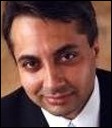
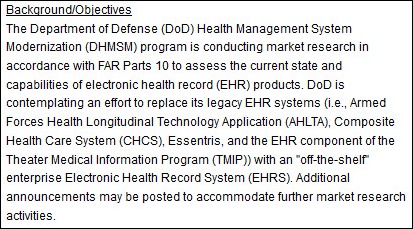
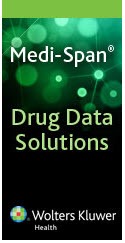
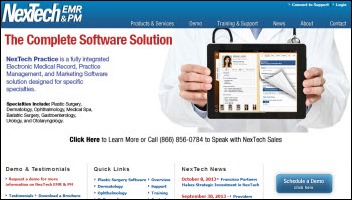



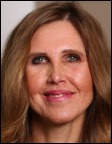


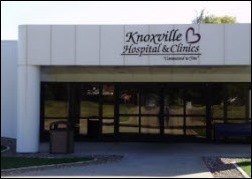
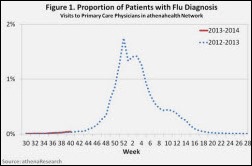
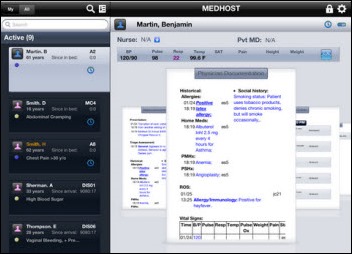
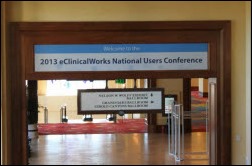


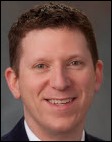
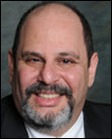
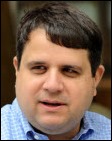
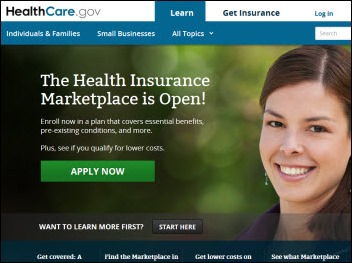


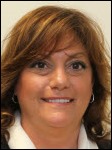

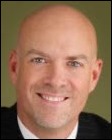
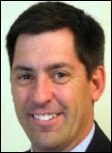
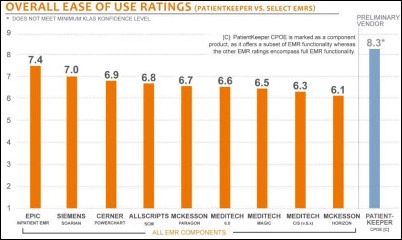
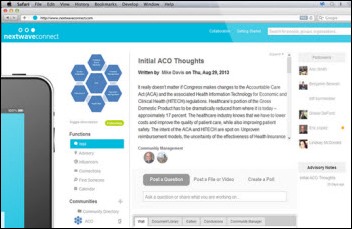
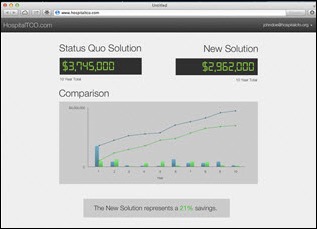

























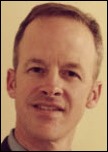
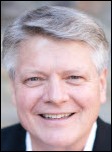

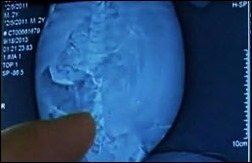

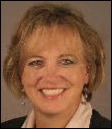
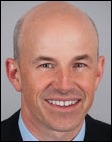

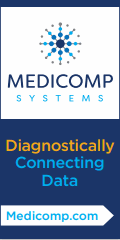
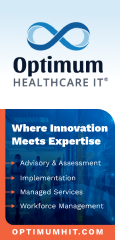
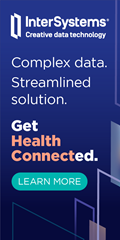

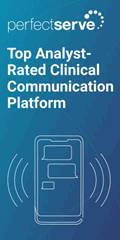

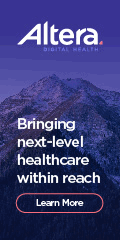


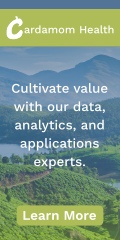


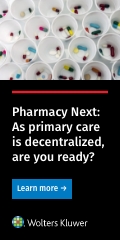

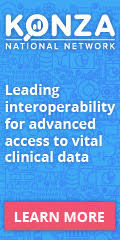
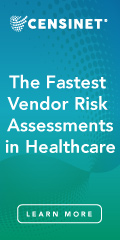
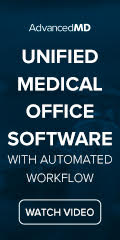



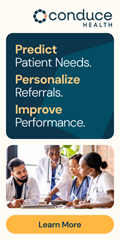


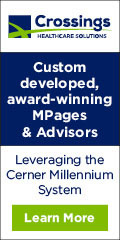

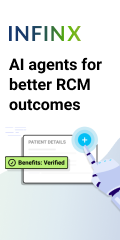

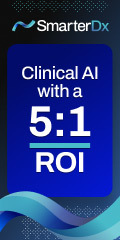


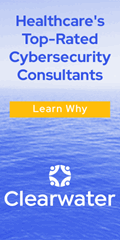





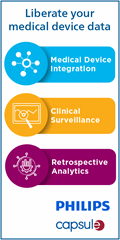


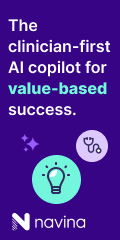
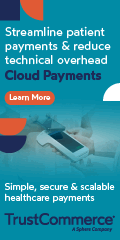
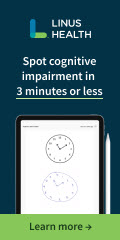
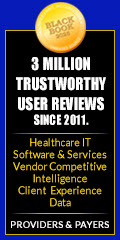


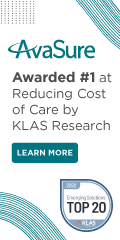

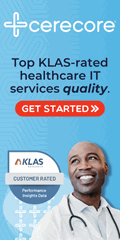





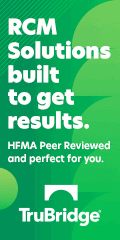

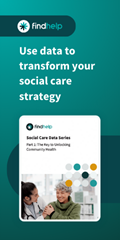
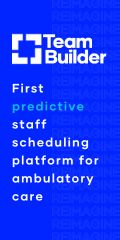

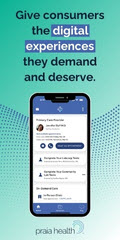




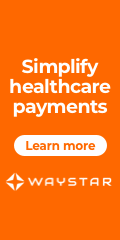

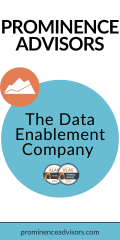
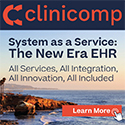
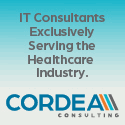




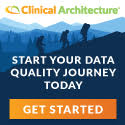
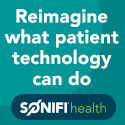
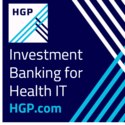
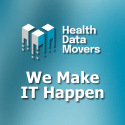


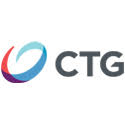


Hard agree with "actionless figure" - I realize that LinkedIn is the only mostly-non political form of social media we…